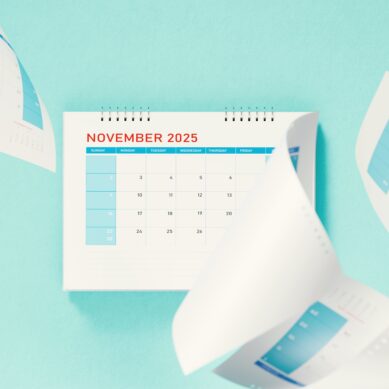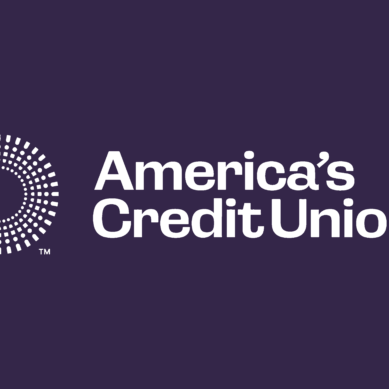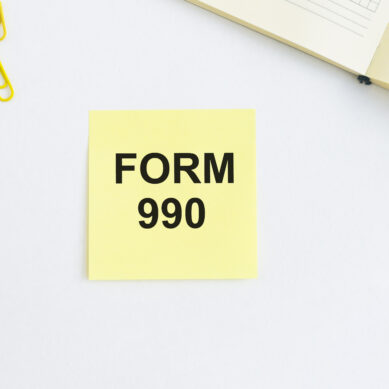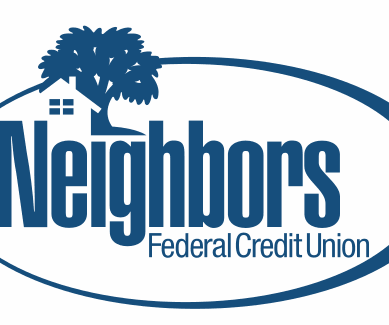Reporting a company’s performance against a budget is a key component for the accounting or finance department of any type of business. A monthly variance report will outline and explain the deviations from the budget estimates and provide the reader with information to help them understand what occurred to create the variance and to understand the effects of the variances on current and future periods. Variances should not be viewed as a “bad” thing or unacceptable, but as useful information for future business planning and budgeting.
What goes into a good report?
Thorough variance reporting contains more than just “the math.” Anyone can see that in a budget of $100, where the actual amount spent was $50, the variance is $50. What should be presented to the reader is the cause of the variance. Incorrect budgeting? If so, how will it be corrected in future budgeting processes? Was it a one-time anomaly? Explain the circumstances so that the reader has a clear understanding of the what, the why, and the impact on the businesses’ performance.
Variances can be reported using an assortment of methods. When sharing the report with a group of people, more than likely there will be different preferences within the group. Some like to see the math and read the words, some like to see charts and tables outlining the “big hitters.” Some like to see historical data with trend lines comparing years, some like to see the variances as percentage of total revenue…the list goes on. A good variance report will contain more than one method so that all the readers of the document glean some important information from the report.
Variance reporting should be concise, informative, and factual. Use terminology specific to the business’ industry, but also make sure that a reader unfamiliar with the business could still come away with a basic understanding of the variances being reported. A good variance report should include detailed explanations without taking up a lot of real estate in the report, visual items (charts), and a year-to-date section to inform the reader what the impact of the variances could have on the fiscal year of the business.
Understand your audience
No two groups will be the same, so understand who you are presenting to. Maybe they’ll appreciate more visual components, or maybe they’ll prefer informational paragraphs instead. Get to know your audience, learn what works for them and what doesn’t, and from there you’ll be able to make a report the suits their needs exactly.






























































